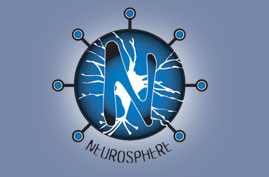Celebritysphere
The World Right Now
Interesting to compare this to the TenByTen site we profiled a couple days ago. What news organizations find “important”, vs. the celebrity archetypes that seem to be part of our personal spheres of interest.
1. oscars
2. anna nicole smith
3. kirby puckett
4. june carter
5. walk the line
6. jessica alba
7. ash wednesday
8. johnny cash
http://www.google.com/press/zeitgeist.html
